Diabetes is a condition that touches millions of lives worldwide. To understand it, we can use a simple analogy: **Think of your body’s cells as tiny houses that need energy to function. Glucose (sugar) from food is the primary fuel. Insulin, a hormone made by the pancreas, is the “key” that unlocks the doors of these houses to let the glucose in.
Diabetes is a disorder where this key system breaks down. Either the body doesn’t make enough insulin (the key is missing), or the body’s cells don’t respond properly to the insulin that is made (the lock is rusty and the key doesn’t work). In both cases, glucose can’t get into the cells. It builds up in the bloodstream, leading to high blood sugar, which, over time, acts like a slow poison damaging vital organs.
Historical Perspectives: Ancient Treatments
Long before modern medicine, ancient civilizations observed the symptoms of diabetes and developed their own theories and treatments.
* Ancient India (Ayurveda):
* What they called it *Madhumeha*, which translates to “honey urine.” They accurately identified the sweet nature of the urine.
Cause:
Ayurveda attributed it to an imbalance of the *Kapha* and *Vata* doshas, often linked to a sedentary lifestyle, obesity, and unhealthy diet.
Treatment:
Treatments focused on lifestyle changes, herbal remedies (like bitter gourd, fenugreek, turmeric, and a plant called *Gurmar* or “sugar destroyer”), Panchakarma (detoxification therapies), and specific yoga asanas.
Ancient Greece:
Who named it: The physician **Aretaeus of Cappadocia** (2nd century AD) gave the condition its name. *Diabetes* comes from the Greek word for “siphon,” referring to the excessive passing of urine. He provided a classic description of the disease.
Cause:
They believed it was a melting of the flesh and limbs into urine due to a problem with the kidneys.
Treatment:
Treatments were limited. They included diet (recommending foods like wheat, starch, and milk over wine and fruits), exercise, and herbal concoctions.
*Ancient China:
Observation: Chinese physicians also noted the sweet urine and associated the conditionwith an imbalance of Yin and Yang, often linking it to the spleen and kidneys.
Treatment:
Traditional Chinese Medicine (TCM) used acupuncture, moxibustion (burning mugwort on the skin), Qi Gong exercises, and a range of herbs like ginseng, cinnamon, and rehmannia to tonify the body and manage symptoms.
Mesopotamia:
Evidence:
While a specific disease matching diabetes is hard to pinpoint in surviving texts like the *Babylonian Talmud*, there are references to symptoms like excessive thirst and urination
Treatment:
Healing was deeply tied to rituals and prayers to gods like Gula, the goddess of healing, along with the use of common herbs and minerals available in the region.
Key Takeaway:
Ancient doctors were brilliant observers. They correctly identified the main symptoms but lacked the scientific understanding of the pancreas and insulin. Their treatments were holistic, focusing on diet and natural remedies, which align with modern lifestyle advice for *managing* the condition.
Why Can’t Diabetes Be Cured, Only Controlled?
This is the core of the challenge. The “cure” depends on the type of diabetes.
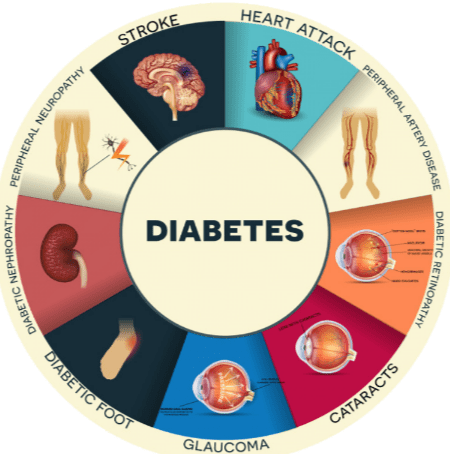
Type 1 Diabetes:
autoimmune disease*. The body’s own immune system mistakenly attacks and permanently destroys the insulin-producing beta cells in the pancreas. The “factory” that makes the keys is completely demolished. We currently have no way to stop this autoimmune attack and regenerate these cells on a permanent, large scale. Therefore, survival depends on externally supplied insulin (via injections or a pump).
The goal is control, not cure.
Type 2 Diabetes:
This is primarily a disease of **insulin resistance**. The body makes insulin, but the “locks” on the cells are rusty and don’t respond to the key. The pancreas tries to compensate by producing even more insulin until it burns out. While Type 2 is strongly linked to lifestyle (obesity, lack of exercise), the underlying causes are complex and involve genetics. *It can be sent into “remission“** (where blood sugar levels remain normal without medication), often through significant weight loss and lifestyle changes. However, the underlying tendency for insulin resistance often remains, meaning the disease can return if the lifestyle is not maintained. Thus, it requires lifelong vigilance and control.
How Diabetes Destroys Vital Organs
Consistently high blood sugar is destructive. Think of it as a syrupy, abrasive substance constantly flowing through your delicate blood vessels.
- Heart and Blood Vessels (Cardiovascular Disease): High glucose damages the lining of arteries, making them prone to plaque buildup (atherosclerosis). This drastically increases the risk of heart attacks, strokes, and poor circulation in the legs.
- Kidneys (Nephropathy):
The kidneys are filters. High sugar levels overwork and damage the tiny filtering units (nephrons). Eventually, they start leaking useful protein into the urine and fail to filter waste, leading to kidney failure.
- *Eyes (Retinopathy):* High sugar damages the tiny, delicate blood vessels in the retina. They can swell, leak, or close off, cutting off blood supply. New, abnormal vessels grow, which can lead to bleeding and retinal detachment, causing blindness.
- Nerves (Neuropathy):Nerves are like electrical wiring. High sugar damages the insulation and the wire itself. This causes numbness, tingling, burning pain, usually in the feet and hands. It can also lead to digestive issues, erectile dysfunction, and other problems.
- *Feet: Nerve damage causes loss of sensation, so a small cut or blister goes unnoticed. Poor circulation means it doesn’t heal well. This combination can lead to serious infections and, in severe cases, amputation.
Do Animals Get Diabetes?
Yes, absolutely. Diabetes is well-documented in many animals, particularly *dogs and cats*
Dogs*most commonly get a form similar to **Type 1 diabetes** and usually require insulin injections.*Cats often develop a form similar to **Type 2 diabetes**, strongly associated with obesity and a high-carbohydrate diet. Many cats can even go into remission with a strict diet change (high-protein, low-carb) and weight loss.
This shows that the mechanisms of glucose regulation are fundamental across mammals.
The Discovery of Insulin and the Nobel Prize*
This is one of medicine’s greatest stories. The key players were:
- Frederick Banting (a young surgeon): He had the initial idea of tying off the pancreatic ducts to isolate the internal secretions.
- John Macleod (a professor): He provided the laboratory space and resources at the University of Toronto.
- Charles Best (a medical student): He worked as Banting’s assistant and was crucial in conducting the experiments.
- James Collip (a biochemist): He was vital in purifying the insulin extract, making it safe for human use.
In 1921, Banting and Best successfully isolated insulin from dogs and kept a diabetic dog alive with it. The first human trial on a 14-year-old boy, Leonard Thompson, in 1922 was a dramatic success, pulling him from the brink of death.
The Nobel Prize:
In 1923, the Nobel Prize in Physiology or Medicine was awarded to Frederick Banting and John Macleod Banting was furious that his assistant, Charles Best, was not included. In a famous act of generosity, Banting shared his prize money with Best. Similarly, Macleod shared his with James Collip. While the prize was officially for Banting and Macleod, history rightly remembers the contribution of all four men.
Is it Genetic or Evolved by Food Habits?
This is not an either/or situation. It’s a complex interplay of *both*
* Genetics (Your Blueprint):
You can inherit genes that make you more *susceptible* to developing diabetes. For Type 1, certain genes increase the risk of the autoimmune attack. For Type 2, many genes affect how your body produces and uses insulin.
* Lifestyle (Your Environment):
Your lifestyle choices “pull the trigger” on genetic susceptibility.
For Type 2, a diet high in processed foods, sugar, and unhealthy fats, combined with physical inactivity, leads to obesity—the single biggest risk factor that accelerates insulin resistance.
For Type 1 the trigger is less clear but may involve a viral infection or other environmental factors in genetically predisposed individuals.
In short: Your genes load the gun, but your lifestyle pulls the trigger—especially for Type 2 diabetes.
Diagnosis Across Different Medical Streams
* Modern Western Medicine:
Relies on objective blood tests.
* Fasting Blood Glucose:
Measures blood sugar after an overnight fast.
* HbA1c (Glycated Hemoglobin):
Provides an average of your blood sugar levels over the past 2-3 months. This is the gold standard.
* Oral Glucose Tolerance Test (OGTT):
Measures blood sugar before and after drinking a sugary liquid.
* Ayurveda & TCM:
Diagnosis is based on observation and palpation.
* Pulse Diagnosis (Nadi Pariksha):
Feeling the pulse to determine doshic imbalance.
* Questioning:** Detailed questions about diet, digestion, sleep, and mental state.
Can Herbal Medicine Cure Diabetes?
This is a critical point for public awareness.
*The Answer: No, herbal medicine cannot *cure* diabetes in the modern medical sense.*
However, many herbs have shown significant potential in helping to *manage* blood sugar levels. They should be viewed as *complementary therapies, not replacements* for prescribed medication.
* Examples:
Bitter Melon, Cinnamon, Fenugreek, Gymnema Sylvestre (Gurmar), Berberine.
* How they may work: Some may improve insulin sensitivity, slow carbohydrate absorption from the gut, or stimulate insulin secretion.
* Crucial Warning:
Always consult your doctor before taking any herbal supplement.
They can interact with diabetes medications and cause dangerously low blood sugar (hypoglycemia) or have other side effects. “Natural” does not always mean “safe.”
Conclusion: Millions of Mouths, One Goal – Control and Awareness
The phrase “millions of mouths, millions of diagnoses” highlights that every person’s experience with diabetes is unique. However, the fundamental goal is universal:
*control blood sugar levels to prevent complications.*
There is no magic cure, but there is immense power in management. This power lies in:
* Education:
Understanding the disease.
* *Lifestyle:
A balanced diet and regular physical activity are non-negotiable.
* Medication:
Adhering to prescribed treatments, whether insulin or oral drugs.
* Monitoring:
Regularly checking blood sugar levels.
* Support:
Seeking help from doctors, dietitians, and support groups.
By understanding diabetes from its ancient roots to its modern management, we can demystify the condition and empower individuals to live long, healthy lives.
Disclaimer:
This article is for educational purposes only. Always consult a qualified healthcare professional for medical advice, diagnosis, and treatment.*
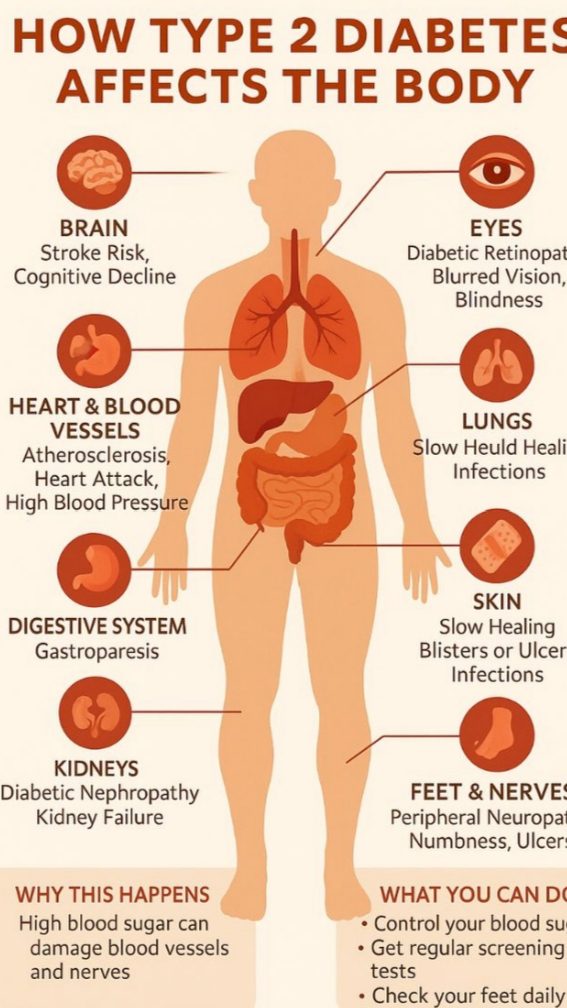
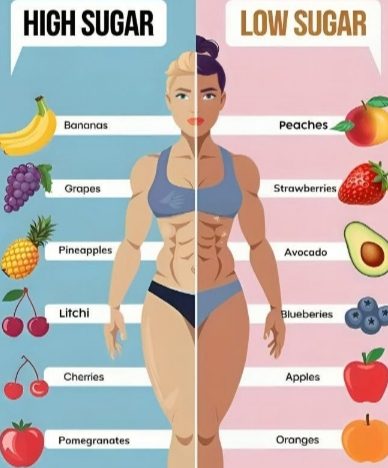
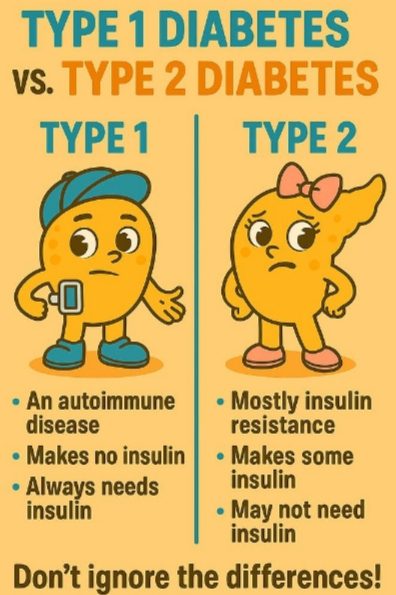
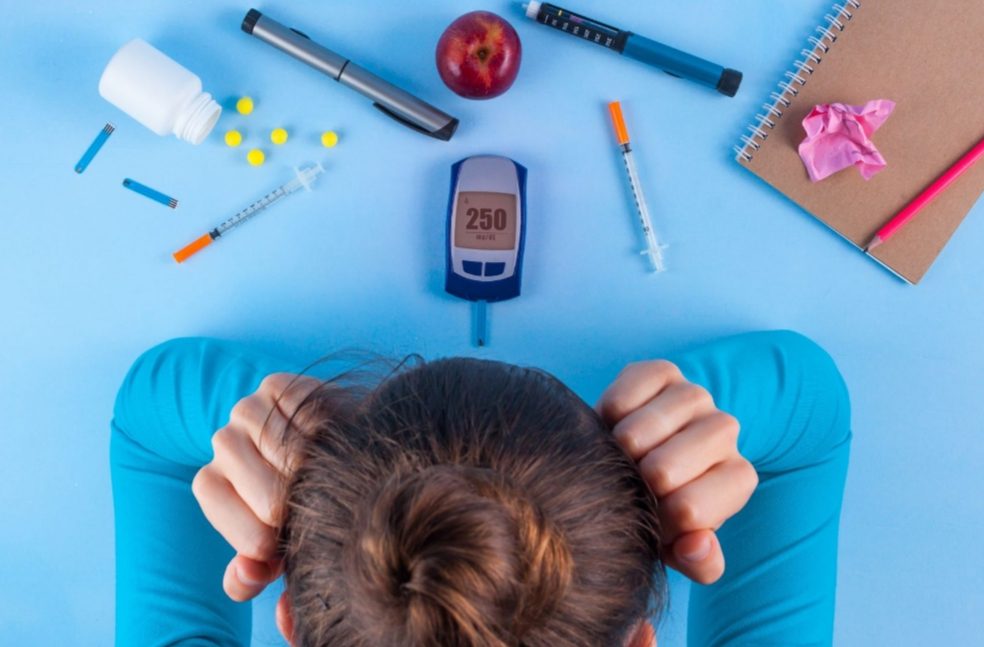
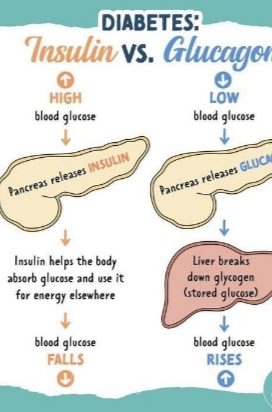


Good blog
👍